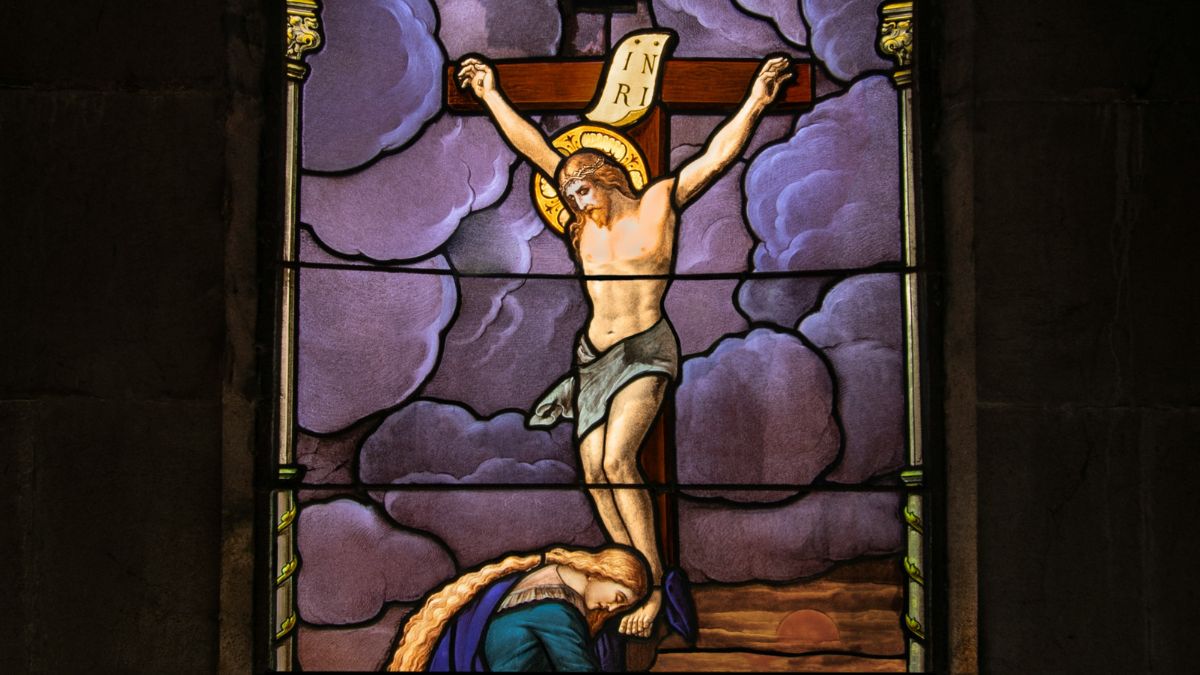

BreakPoint
Kilts, Clans, and Courage
In the cold morning light, hundreds of English soldiers are poised on horseback, swords and shields at the ready, the sun glinting off their helmets. Across a grassy field, a ragtag band of Scots are lined up on foot, gripping primitive homemade weapons. They're quaking at the sight of an army three times their size. A few of the Scots turn to leave. They know that, barring a miracle, the approaching battle can only end in a slaughter by the English. But as their courage falters, a man on horseback rides up. His eyes burn with an almost fanatical glow. With a few stirring words, he inspires the Scots to fight for their freedom—to fight like warrior poets. And in what became known as the Battle of Stirling, the Scots took on—and routed—their English oppressors. This dramatic scene will be familiar to those of you who have seen Braveheart, one of the hit movies of the summer. Produced by and staring Mel Gibson, the film depicts the life of William Wallace, the thirteenth-century freedom fighter. Now, we've seen plenty of violent adventure films flood the market in recent years, and the often-senseless savagery can be a real turnoff. But what makes the graphically violent Braveheart different is the moral stance it takes. Braveheart depicts a Christian world view—one that not only teaches why certain acts are right or wrong, but also makes doing right look attractive—even exciting. Anyone who has been to the movies lately knows that's no mean feat. In fact, some filmmakers go out of their way to depict evil as good. Remember Natural Born Killers, the movie that made heroes out of a couple who go on a murder spree? By contrast, Braveheart depicts a Christian view of good and evil. High moral behavior appears heroic and immoral behavior shameful. For example, we understand the full horror of murder when William Wallace learns his beloved wife has had her throat slashed by English soldiers. We comprehend the shame of treachery when a Scottish prince betrays Wallace to the English. We even learn how betrayal affects the perpetrator when we see the prince suffer lasting guilt after he carries out his act of treachery. We learn to admire courage, sacrifice, and patriotism as Wallace leads the clans into battle against incredible odds. We see positive depictions of faith as well: The Scots pray for God's aid before going into battle. And after his capture, Wallace prays for the strength to endure with honor a horrible death. You see, what makes a film great is not the themes it deals with—themes like war and treachery and patriotism. What's important is how a filmmaker treats those themes. Good films deal with deep human problems in a way that teaches right and wrong. That's why it's difficult to leave the theater unmoved by the heroic exploits of a thirteenth- century freedom fighter. Braveheart inspires an excitement for righteous behavior unmatched by most of today's films. While the graphic depictions of battle may be too much for some, the violence in Braveheart takes place within a proper moral and historical context: a context that celebrates a Christian world view of right and wrong. And for that I give Braveheart two thumbs up.
08/2/95















